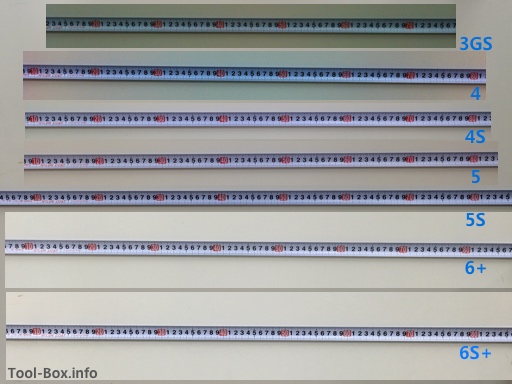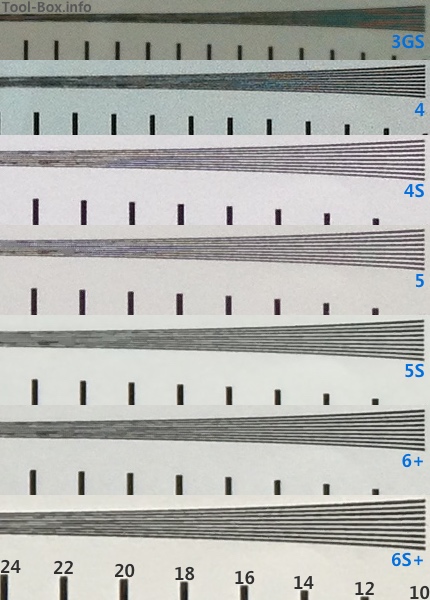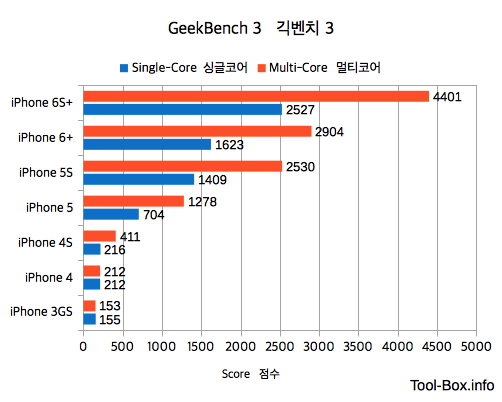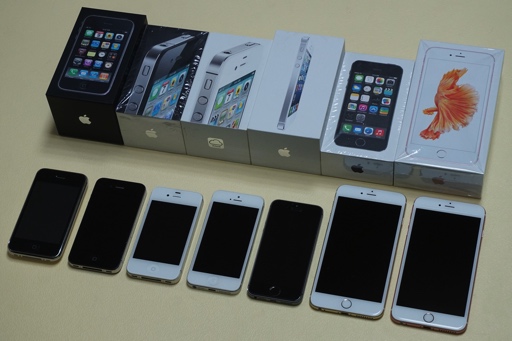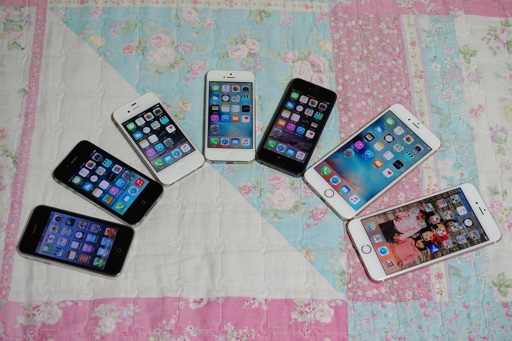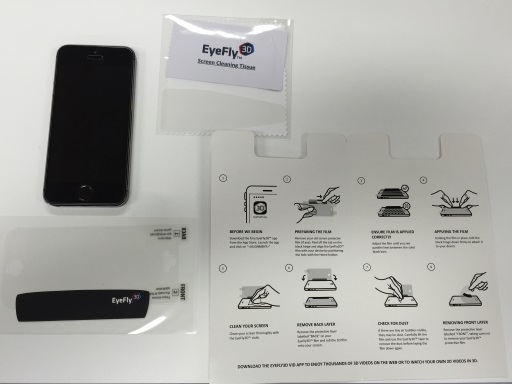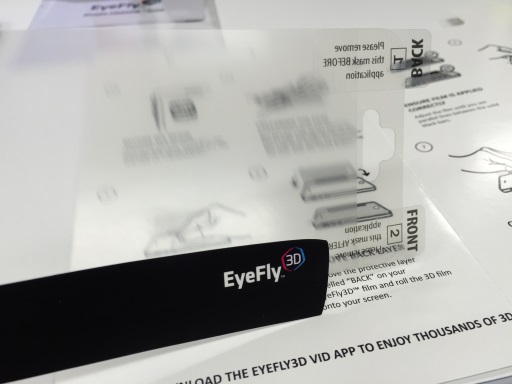Comparing 7 iPhones: Camera (Real-Life)
Posted by Wesley on
I take a lot of casual photos every day. I fill the storage space of a 128GB iPhone in a year just with photos. The habit goes way back before using iPhones. I used to have a digital camera tucked into a waist holster along with a GPS tracker so I can take geotagged photos all the time. Smartphones these days can do that automatically, but back when iPhones weren't around and "PDA phones" were niche curiosity this was so out of ordinary I was on a TV show for that.
So I'm rather grateful that the iPhones have made my habit easier to manage. But the high cost of the device (I buy the highest storage option, off contract) means that I'm sort of putting the digital camera purchase budget into it as well. In fact, I never bought an ordinary P&S camera after iPhone 3GS. I had effectively bet on Apple to improve the camera module every year so that investing in another camera was unnecessary. So did it pay off? I took the photos in the default camera app with no adjustments whatsoever to find out.
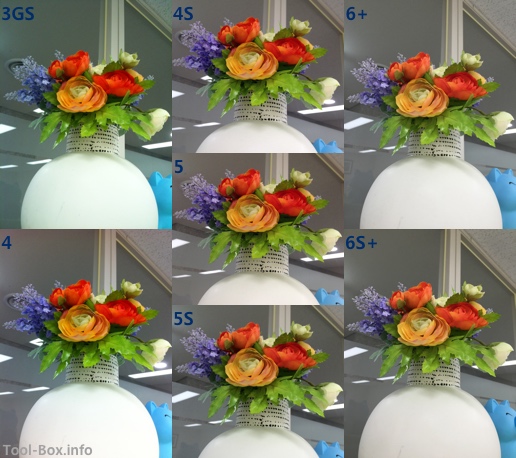
Well, it was initially a huge downgrade. I already had a compact 10-megapixel, 10x optical zoom camera before iPhone 3GS, so I carried both the 3GS and this camera around. The 3-megapixel module was doing alright, but only just so for quick snaps. It was only with iPhone 4 that I could wean off from a separate camera.
Let's look at the colour reproduction. The output from the 3GS camera looks quite alright by itself, but in reality the colours are exaggerated. It looks more colourful than it should be. This is evident when you compare with the results from the subsequent generations. Gradually, it gets toned down to get closer to being more natural. The low point is 6 Plus. 6S Plus picks up a little again.
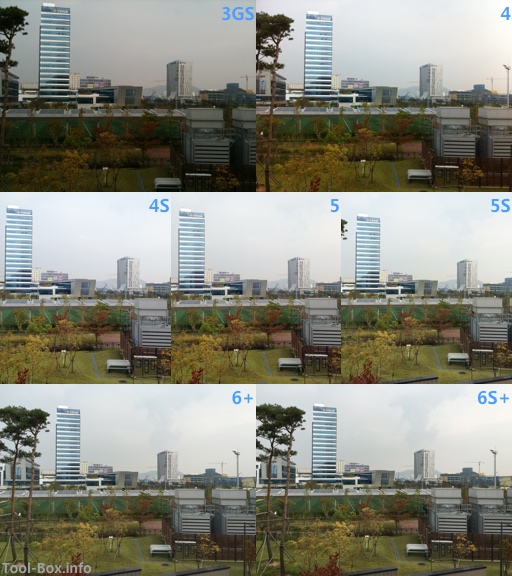
With the landscape photos, 3GS falls rather short again. The automatic exposure setting comes out tad low, making the scene flat. Meanwhile, the introduction of the 8-megapixel sensor in the 4S set the basic standard of daytime photo quality that people have come to expect from iPhones. 6S Plus carried this tradition well to the 12-megapixel era.
In both of these well-lit photo examples, the 6 Plus and the 6S Plus are contending for the best quality, as expected. The 6S Plus doesn't feel like a clear winner, though. It seems to be trying to keep the 6 Plus quality intact while boosting the number of pixels. But what about going more extreme?
Continue reading "Comparing 7 iPhones: Camera (Real-Life)"
So I'm rather grateful that the iPhones have made my habit easier to manage. But the high cost of the device (I buy the highest storage option, off contract) means that I'm sort of putting the digital camera purchase budget into it as well. In fact, I never bought an ordinary P&S camera after iPhone 3GS. I had effectively bet on Apple to improve the camera module every year so that investing in another camera was unnecessary. So did it pay off? I took the photos in the default camera app with no adjustments whatsoever to find out.

Fake flower pot photographed with iPhones
| Original Photo | ISO | Shutter Speed |
|---|---|---|
| iPhone 6S+ | 25 | 1/30 |
| iPhone 6+ | 40 | 1/40 |
| iPhone 5S | 40 | 1/40 |
| iPhone 5 | 50 | 1/40 |
| iPhone 4S | 50 | 1/40 |
| iPhone 4 | 80 | 1/24 |
| iPhone 3GS | 64 | 1/20 |
Well, it was initially a huge downgrade. I already had a compact 10-megapixel, 10x optical zoom camera before iPhone 3GS, so I carried both the 3GS and this camera around. The 3-megapixel module was doing alright, but only just so for quick snaps. It was only with iPhone 4 that I could wean off from a separate camera.
Let's look at the colour reproduction. The output from the 3GS camera looks quite alright by itself, but in reality the colours are exaggerated. It looks more colourful than it should be. This is evident when you compare with the results from the subsequent generations. Gradually, it gets toned down to get closer to being more natural. The low point is 6 Plus. 6S Plus picks up a little again.

Landscape photographed with the iPhones
| Original Photo | ISO | Shutter Speed |
|---|---|---|
| iPhone 6S+ | 25 | 1/381 |
| iPhone 6+ | 32 | 1/449 |
| iPhone 5S | 32 | 1/540 |
| iPhone 5 | 50 | 1/376 |
| iPhone 4S | 50 | 1/365 |
| iPhone 4 | 80 | 1/355 |
| iPhone 3GS | 64 | 1/449 |
With the landscape photos, 3GS falls rather short again. The automatic exposure setting comes out tad low, making the scene flat. Meanwhile, the introduction of the 8-megapixel sensor in the 4S set the basic standard of daytime photo quality that people have come to expect from iPhones. 6S Plus carried this tradition well to the 12-megapixel era.
In both of these well-lit photo examples, the 6 Plus and the 6S Plus are contending for the best quality, as expected. The 6S Plus doesn't feel like a clear winner, though. It seems to be trying to keep the 6 Plus quality intact while boosting the number of pixels. But what about going more extreme?
